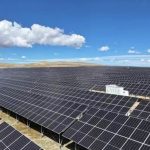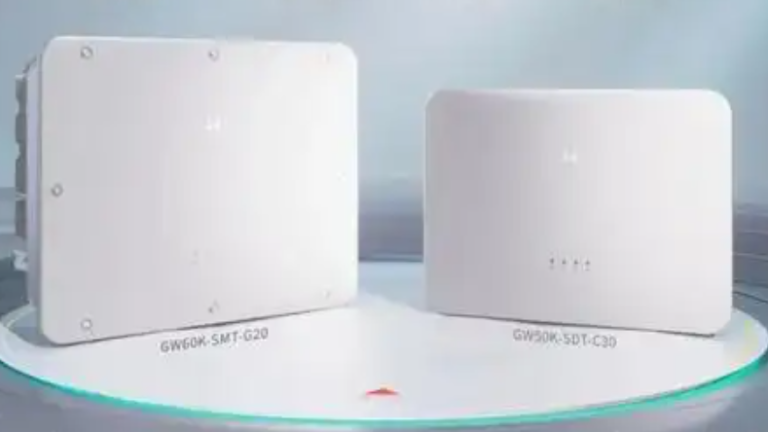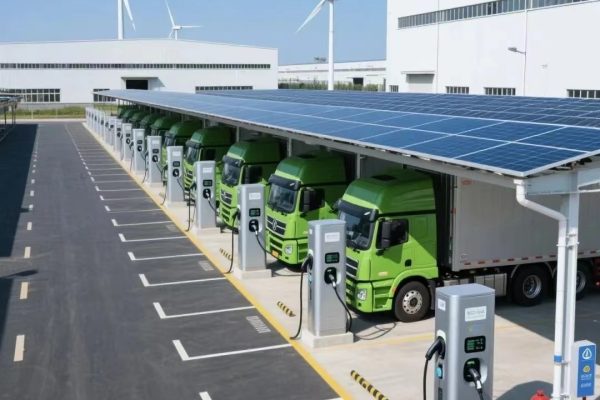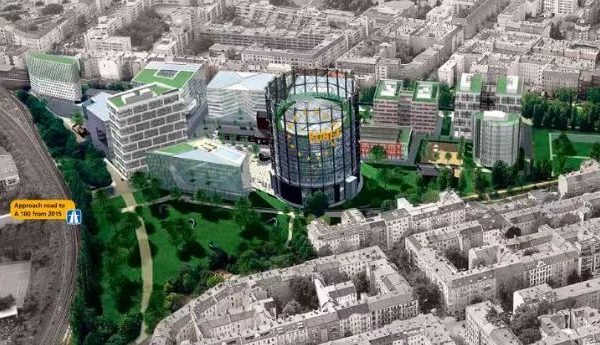And What You Can Do About It
The Reality of Shading in Real-World Installations
In ideal conditions, every PV system sits on a wide, south-facing rooftop with no obstructions.
But in reality, most systems face:
- Trees
- Chimneys
- Poles and cables
- Neighboring buildings
- Dust, bird droppings, snow patches
Even 10% partial shading can cause over 30% energy loss — unless your inverter can handle it intelligently.
This article explains:
- Why shading is a real performance killer
- How MPPT algorithms behave under shading
- Why some inverters underperform or even fail
- What technologies mitigate shading impact
🧠 MPPT Basics — And Their Limits
MPPT (Maximum Power Point Tracking) works by adjusting voltage/current to find the sweet spot on the I-V curve.
However:
📉 In shading, the I-V curve becomes irregular — it has multiple peaks, not one.
Standard MPPT algorithms (like P&O or Incremental Conductance):
- Are designed for a single peak
- Often lock onto the first peak, missing the global maximum
- May never recover during partial shade periods
💡 Result: Your system stays stuck in the wrong operating zone, wasting solar energy.
🔎 What Happens to the PV Curve Under Shading?
Here’s a simplified example:
- Under full sun: One smooth peak at ~35V (per panel string)
- Under 30% shading: Curve now has two peaks — one at 20V, another at 35V
- A basic MPPT sees the 20V bump first → locks in there
Loss: The system runs at 70–80% of its potential until conditions change.
⚠️ Symptoms of Inverter Failure Under Shade
| Symptom | Root Cause |
|---|---|
| Low daily energy yield | MPPT stuck on local peak |
| Poor early-morning / late-day performance | Uneven irradiance, confused tracking |
| Inverter constantly restarting or “hunting” | MPPT instability in fluctuating light |
| One string dragging down the other | Shared MPPT channels, no isolation |
🔧 Why Some Inverters Are More Vulnerable
- Single MPPT Design
- All strings share one tracker → one fails, all suffer
- No isolation for uneven roof planes
- Slow Tracking Algorithms
- MPPT takes too long to respond → overshoots or locks in
- Can’t follow fast-moving clouds
- No Global MPP Search
- Never checks for “better” operating points after initial lock-in
- Works fine in labs, not in real-world conditions
- Low Input Voltage Resolution
- Can’t distinguish between two close voltage peaks
- Especially problematic in small or mismatched systems
🧪 Real Case Study
System: 6 kW residential rooftop, 2 strings (east/west), 3 shaded panels from 2–5 PM
Inverter A (low-cost hybrid, 1 MPPT):
- Reports 4.3 kWh/day yield average
- Constant log of voltage dips
- User complaints of inverter “restarting randomly”
Inverter B (2 MPPTs, global peak tracking):
- Reports 5.6 kWh/day yield average (30% more!)
- Stable voltage curve under shade
- No shutdowns, smoother power graph
📊 Over a year, this translates into over 470 kWh of additional yield — enough to charge an EV for 2,000+ km.
✅ What to Look for in a Shading-Resilient Inverter
| Feature | Benefit |
|---|---|
| Multiple MPPTs | Independent control of strings with different light conditions |
| Global Peak Tracking (GMPPT) | Finds highest power point even under multiple peaks |
| Fast Sampling Rate | Adapts quickly to cloud edge effects |
| High Input Voltage Accuracy | Detects subtle voltage differences |
| Module-level optimization (optional) | Micro-inverters or power optimizers for complex roofs |
💡 Bonus: Installation Strategies That Help
Even the best MPPT needs good planning. You can reduce shading impact by:
- Using shorter strings to localize the issue
- Splitting shaded and unshaded panels into separate MPPT inputs
- Adjusting tilt angle or spacing in tight rooftops
- Installing a low-start-voltage inverter for early/late performance
- Cleaning panels regularly (partial dirt = partial shading)
📦 Export Note: Shading Is Common in Urban Markets
In some export destinations, shading is almost unavoidable:
| Region | Common Shading Issues |
|---|---|
| Southeast Asia | Palm trees, narrow streets, rain dust |
| Middle East | HVAC units, parapet walls |
| Latin America | Mixed-height housing |
| Sub-Saharan Africa | Power poles, uneven rooftop access |
| Europe | Dormer windows, chimneys, seasonal sun angles |
Your inverter must handle these — or your brand gets blamed, even if it’s an installation issue.
Shading Resilience = Real-World Performance
If you’re selling, installing, or supporting PV+Storage systems:
✅ Understand that shading is not a rare issue — it’s part of the job.
Poor MPPT design will cripple performance, even if the inverter has great specs on paper.
Look for shading-resistant features like:
- Multiple MPPTs
- Global tracking
- Fast response rates
- Solid firmware updates
🧠 And educate clients and installers early — shading is manageable, but only with the right inverter + design combo.









